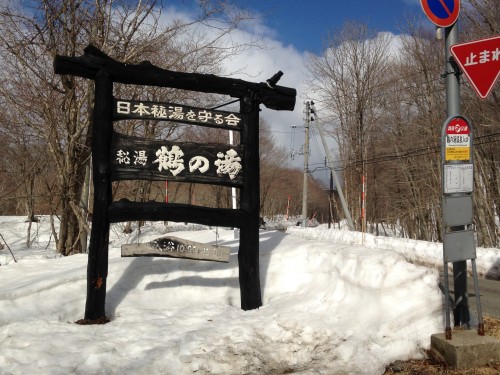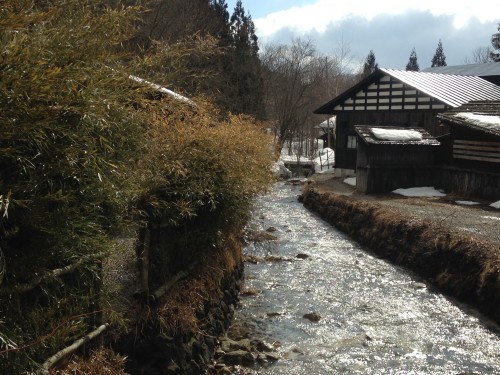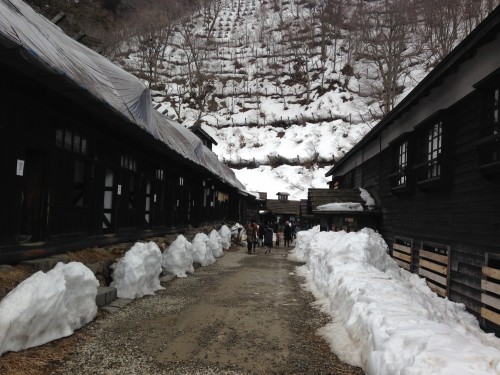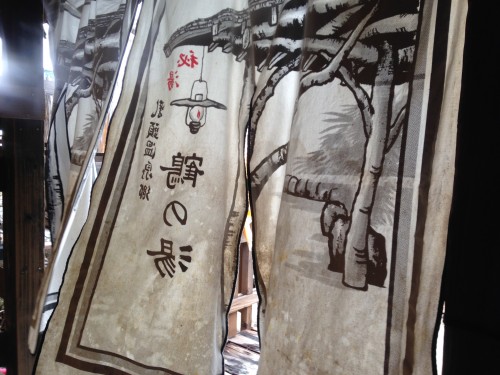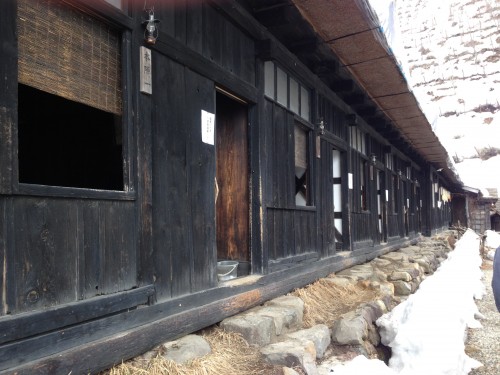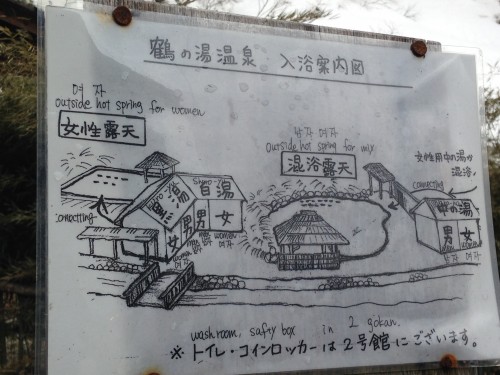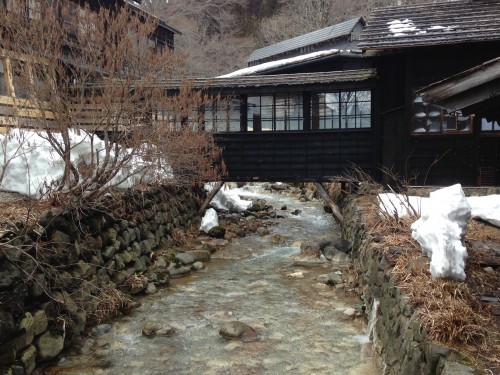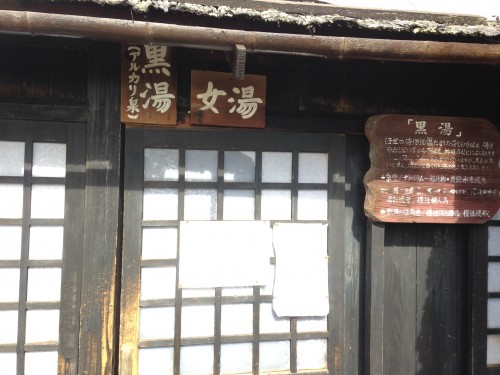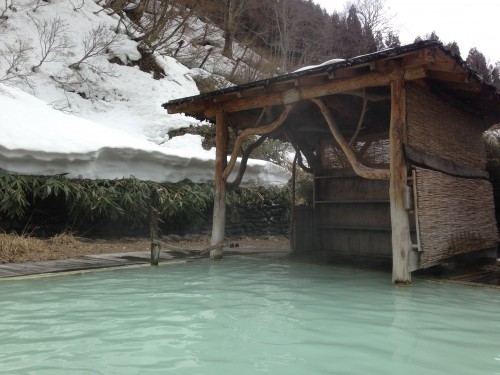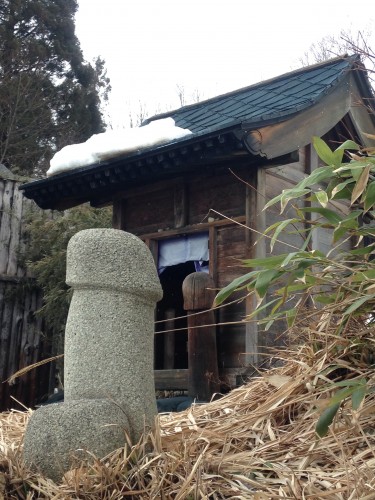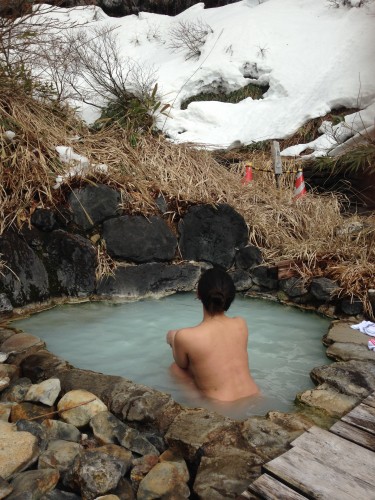Usually the winters in northern Japan are blistering, bringing buckets of fresh snow and below freezing temperatures. This year however has been fairly mild, making for a disappointing ski season. But another great pastime during the winter is making trips to the various natural hot springs (onsen) that pepper the northern region, particularly Akita.
Each hot spring is different, providing a unique experience. I personally prefer the rotenburo, or outdoor baths, because of the beautiful scenery they usually provide, and also because I overheat easily, and the mixture of cool air and warm water makes a wonderful combination.
I recently made a trip to Akita Prefecture and sampled one of their famous hot springs, Tsurunoyu Onsen. Tsurunoyu Onsen is one of eight hot springs belonging to the Nyutou Onsenkyo located at the foot of Nyutou Mountain, and each one provides a different experience. However Tsurunoyu Onsen is the oldest of the bunch, and some of its rooms date back to the Edo period. Around 1638 the onsen was used by the second lord of Akita for therapeutical purposes, and it began to be used by the general public around 1688.
Its name, Tsurunoyu, refers to the story of a local hunter who saw a crane, (tsuru in Japanese) healing its wounds in the hot springs. Since then the water has been claimed to possess healing properties. While I don’t necessarily believe that it does, the silky texture of the water, unique to the natural hot springs, certainly helps with aches and pains.
It was fairly easy to find by car; a large sign off the main road directs travelers to the entrance via a long, unpaved road. The road eventually leads past Tsurunoyu Yamanoyado, Tsurunoyu’s sister onsen, and to the parking lot of Tsurunoyu itself.
The area was beautiful, erected against the base of a mountain and tucked against the river. Bamboo fences provided privacy, and the main path to the onsen was lined with rooms to rent, although they seemed extremely old, and I cannot imagine actually staying in them during the winter given the average temperature in northern Japan.
The onsen features a women’s outdoor bath, as well as a mixed outdoor bath, which was the only option for men. It’s acceptable to wear towels into the mixed onsen if you want the experience but feel uncomfortable with the idea.
The mixed onsen was situated directly on the main path and easily seen by everyone, clothed or unclothed, so I opted for the women’s only onsen.
The dressing room was tiny, only a small closet really, lined with shelves for bags and personal belongings. Because of the high volume of tourists, I had to wait a bit at the door before actually entering. But after the difficulty of getting undressed while trying not to grope anyone accidentally, I found that the onsen itself was spacious.
The onsen consisted of one large pool, with a covered area in the corner, a smaller pool sat nearby, and overlooking the bathing women was a shrine decorated with phallic statues, just what I want to look at when I am naked with a group of strangers.
Despite the statues, the view was beautiful, forest stretching above us, and bamboo fences surrounding us, the sound of the river chuckling nearby, a lovely place to relax.
As I mentioned above, each onsen is unique, so it might be worth it to see all of them while visiting. The best way to do this is to stay overnight at an onsen of your choice and purchase the Yumeguri Pass for 1,550 yen at your own ryokan. The pass allows access to all seven bathhouses. There’s also another version of the pass available for 510 yen, and gives access to one bathhouse of your choice.
A shuttle bus for pass holders connects all of the ryokan, and is available every one or two hours, with a reservation made one to two hours in advance.
Tsurunoyu Access:
Take a bus from Tazawako Station to Nyuto Onsen: 50 minutes, 820 yen, departs hourly. Get off at the Tsurunoyu Onsen Iriguchi bus stop, the onsen is a 45 minute walk from there.
Alternatively, if you are an overnight guest, get off at the Arupa Komakusa bus stop instead, (35 minutes, 650 yen.) Tsurunoyu Ryokan will pick you up from there; arrangements must be made in advance.
[cft format = 0]


